Internal gear hubs - everything you need to know

Sitting next to the trail or on an isolated dirt road in the middle of nowhere and attempting to straighten a bent rear derailleur is one of off-road cycling’s great displeasures.
- Wait... How much is the new SRAM T-Type kit?
- Bicycle chain wear - why it matters and how to prevent it
- ABS MTB Brakes - everything you need to know
Whether cable-operated or electronically shifted, the traditional external derailleur remains wildly popular and the default specification for mountain and gravel bike drivetrains. The recently released direct-mount SRAM Transmission has also addressed issues of the likelihood of bent hangers, but there are alternatives.
Only a tiny fraction of available bikes feature internally geared rear hubs. But could an internally geared hub be the solution for your mountain or gravel bike? Let’s evaluate what a modern internal geared hub is, what it can do for your off-road riding, and your buying options.
Big hubs with lots of bits
Observation is the best method for explaining the difference between internally geared hubs and a traditional rear derailleur and cassette drivetrain. A conventional rear derailleur manipulates and tensions the chain, moving it up and down a cassette attached to the hub via a splined freehub. An internal hub consolidates all its gearing components inside the hub shell, which is why internally geared hubs are much larger than conventional hubs.
Internally geared hubs apply principles from the world of automotive transmission and engineering. A collection of planetary gears mesh inside the hub shell, with spring clutches engaging and disengaging them to alter ratios.
The late German cycling engineering and innovator Bernard Rohloff and his eponymous hubs remain the standard by which internally geared drivetrains are measured.
As the off-road cycling industry has migrated almost entirely to 1x drivetrains, gearing spread has become a point of discussion. Internally geared hubs have a generous spectrum of ratios, with some of the most popular 14-speed equivalent options delivering a 526% spread of gears.
Much lower maintenance – in theory
Considering the complexity of an internally geared hub, not to mention its mass, why are they potentially so suitable for off-road riders? Unlike the vulnerable rear derailleur, which can easily be knocked to ruin by a singletrack rock garden or an unsighted obstacle on a gravel ride, the internally geared hub is impervious to trail damage.
With all its gearing and shifting mechanisms safely packaged inside the hub shell, you never have to worry about expensive derailleur damage if you overshoot a switchback corner.
Although you are still required to care for the chain that links your cranks to the rear sprocket on an internally geared drivetrain, you don’t have to worry about caring for a cassette with 10-, 11- or 12-speeds. Sealed from the abrasion and corrosive risk of sand, mud, and moisture, an internally geared hub is durable and promises to run for 5,000km before requiring an oil change.
Mountain bikers who predominantly ride in muddy conditions for most of the year will know that making a conventional rear derailleur drivetrain last 5,000km, requires monk-like discipline in cleaning and lubrication.
With an internally geared hub connecting to the chain with a single cog, these drivetrains also benefit from running a perfect chain line, which means less strain on the chain and a smoother feel throughout the shifting range.
Modern 1x12 drivetrains, running extreme 50- and 52T cassettes, operate at the limit of chainline angle, which allows for a very narrow margin between setting perfect shifting and triggering the onset of ghost shifts or gear skipping. With a single rear cog and straight chain line, the shift quality of an internally geared hub should remain truer and smoother for longer, without needing a tinker.
Chain tension is an issue to consider with internally geared hubs, something that is familiar to single-speed mountain bikers. The best option is to have a frame with horizontal rear dropouts, with a slider function, allowing a mechanic to set the ideal chain tension, which you can monitor and adjust as the chain stretches over its lifecycle.
Few mountain bike frames, especially dual-suspension bikes, have the option of sliding horizontal dropouts. For bikes with vertical dropouts or a thru-axle, you’ll need to add a chain tensioner, which can look ungainly.
What about weight?
For all the benefits of an internally geared hub, there are compromises. Gravel riders are more weight-obsessed than mountain bikers, but all off-road cyclists appreciate that grams saved on a drivetrain are valuable.
Most internally geared hubs are 1kg+, with some in the 2kg+ range, much more than a conventional premium rear hub from Chris King, DT Swiss or Hope, commonly in the 300- to 400g range. For a fair comparison, you need to add the weight of a cassette and rear derailleur. Still, even with those included, an internally geared hub is heavier than a conventional mountain or gravel bike drivetrain.
Belgian cycling brand, Classified, has a two-speed hub gear system that offers an innovative interpretation of the classic internally geared rear hub. At only 500g, the Classified system is much lighter than any rival internally geared hub.
Fewer rim/wheel options
As carbon rims have become more commonplace, spoke count has decreased. The inherent strength of carbon rims means less spoke bracing is required, saving weight.
That’s why you’ll see so many 28h carbon mountain bike wheelsets, where the standard for a robust trail bike in the late 2000s, was a 32h front wheel, trailed by a 36h rear.
When considering an internally geared hub for your mountain bike, the spoke count won’t necessarily be as low as you’d want. Many internally geared rear hubs are 36h, which could mean you need to build a new rear wheel; unless you are a large rider already on 36h aluminium rims.
The truth is that few carbon rim suppliers make 36h options, which is something to consider if you want the durability of an internally geared hub for winter riding, with the lower rotational mass of a carbon rim.
These are the best options – and they are dear
As you would expect from something with precision engineering and compact packaging, internally geared rear hubs aren’t cheap. The Rohloff 14-speed system is proven but priced between £1,250 - £1,400. Classified’s more modern two-step system costs around £2,000.
For riders who remain entirely committed to their year-round off-road cycling schedule, regardless of winter weather and mud, an internally geared rear hub does present real durability benefits. But the cost of an internally geared hub is often more than an entire SRAM or Shimano value-grade drivetrain, which also weighs less.
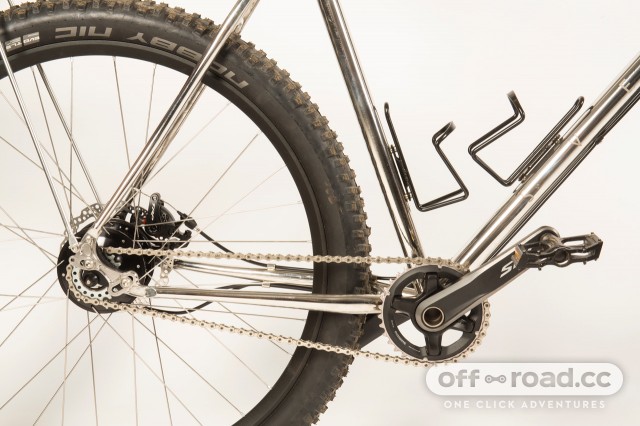
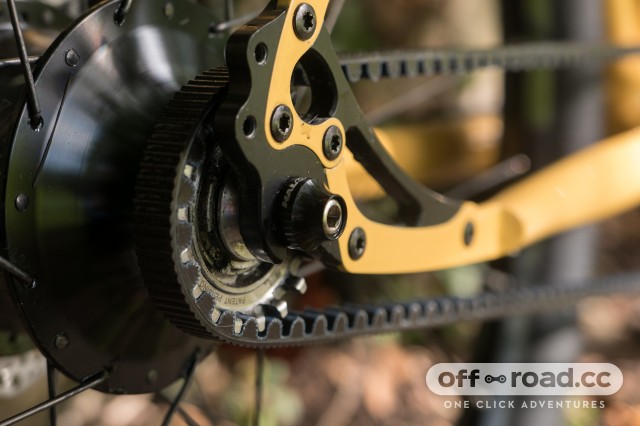



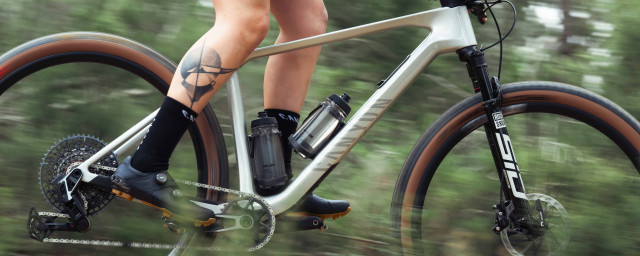
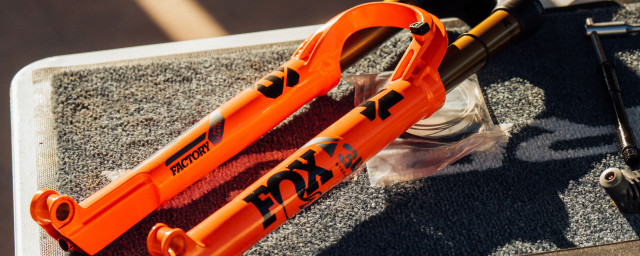
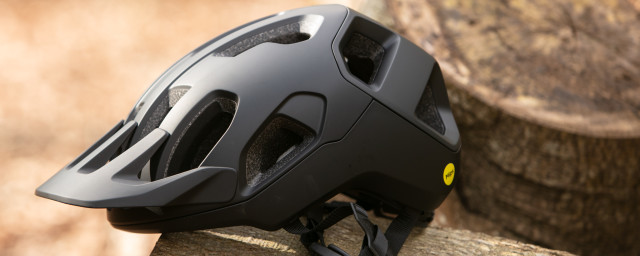
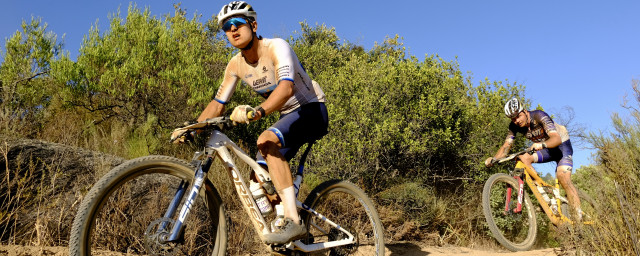
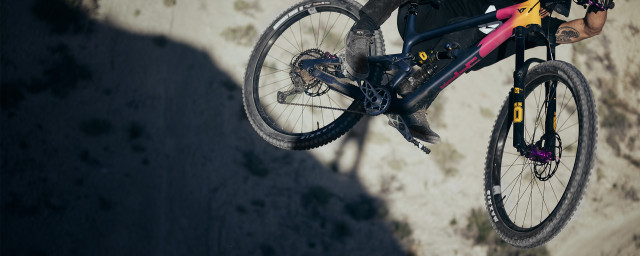
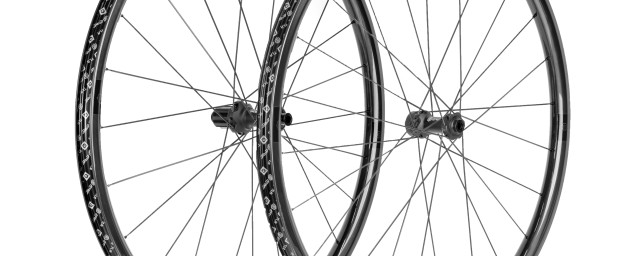

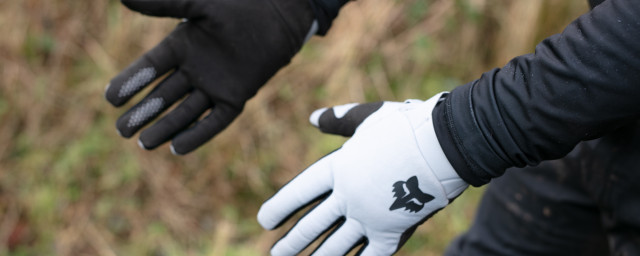
1 comments
I wonder how the best perform in low temperatures. This week, with temperatures of -5 deg C I found the Nexus 7 hub on my daily commuter very very sluggish. Made it feel like I was cycling through treacle. At one point, I couldn't shift out of 5th gear...don't know whether that was the hub itself or a frozen cable though.